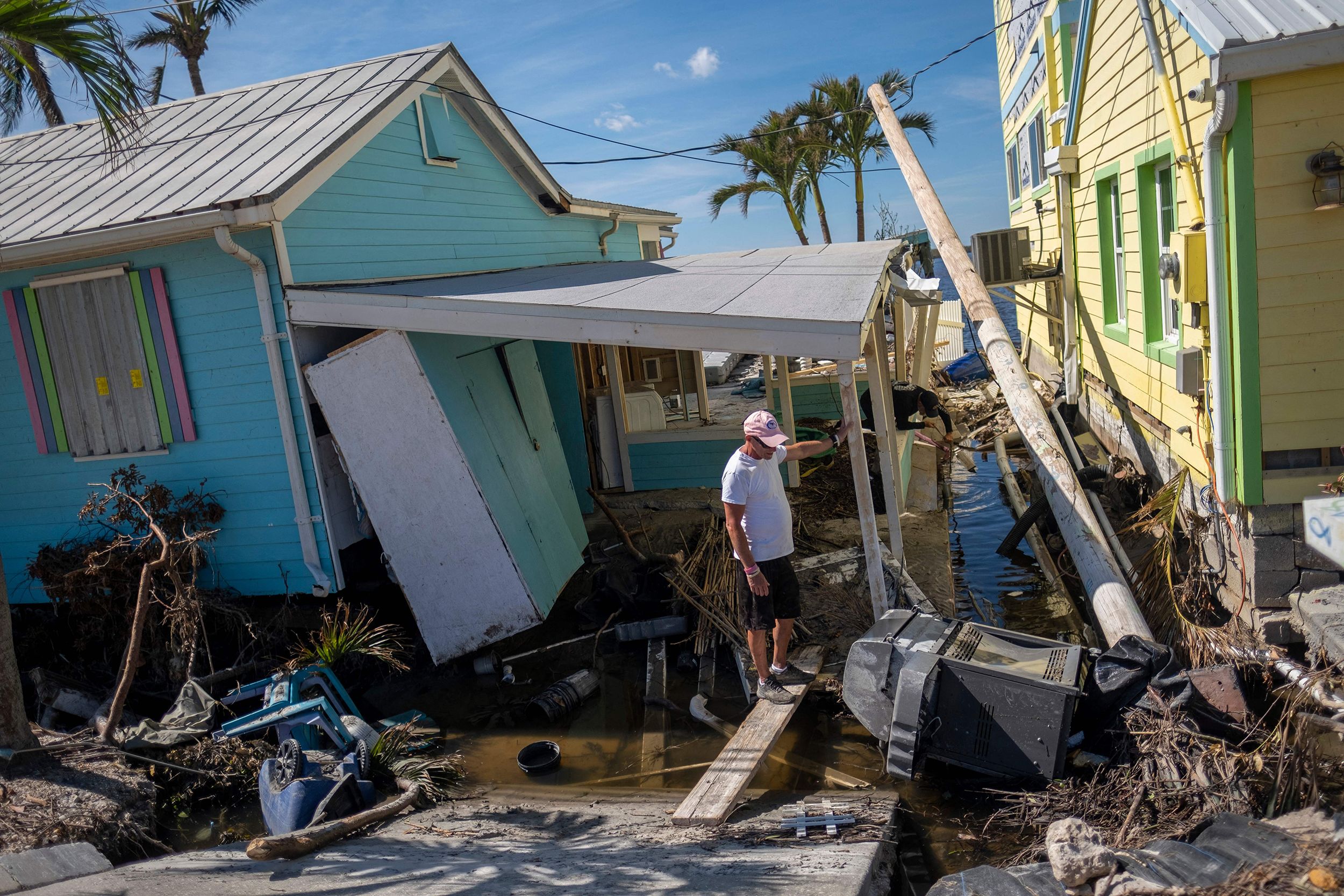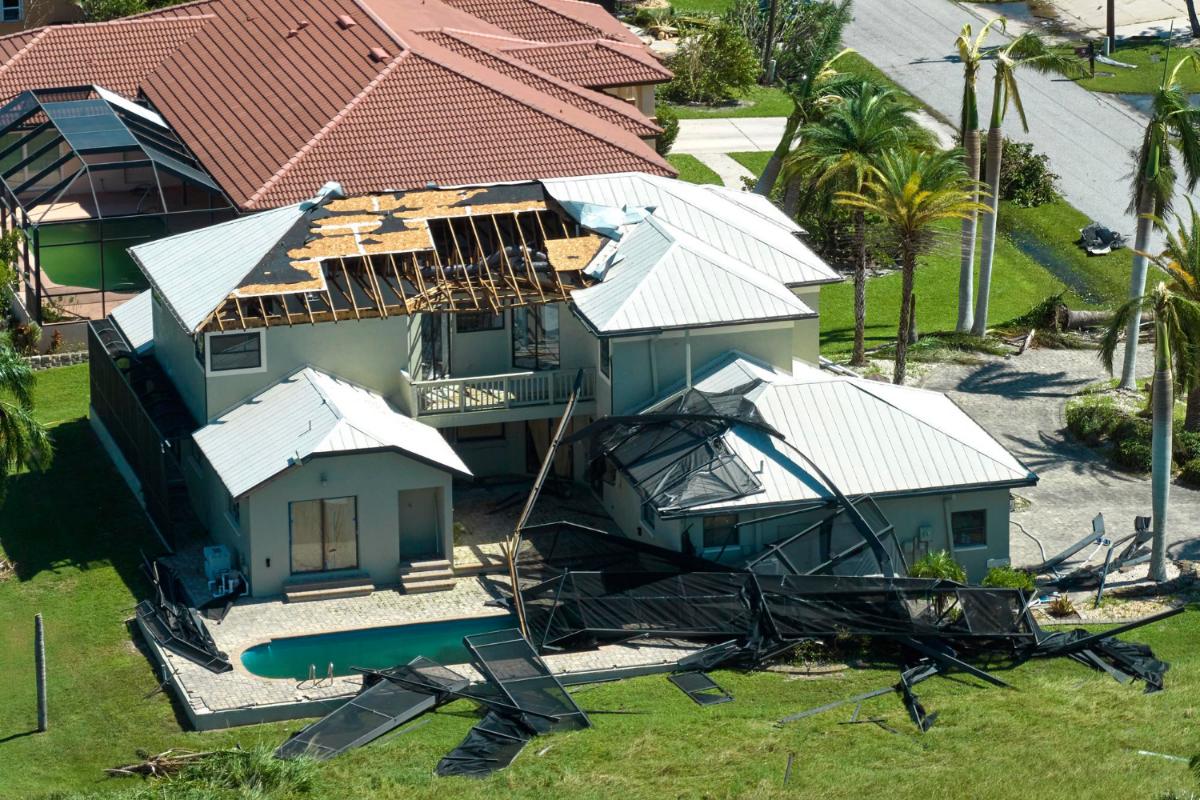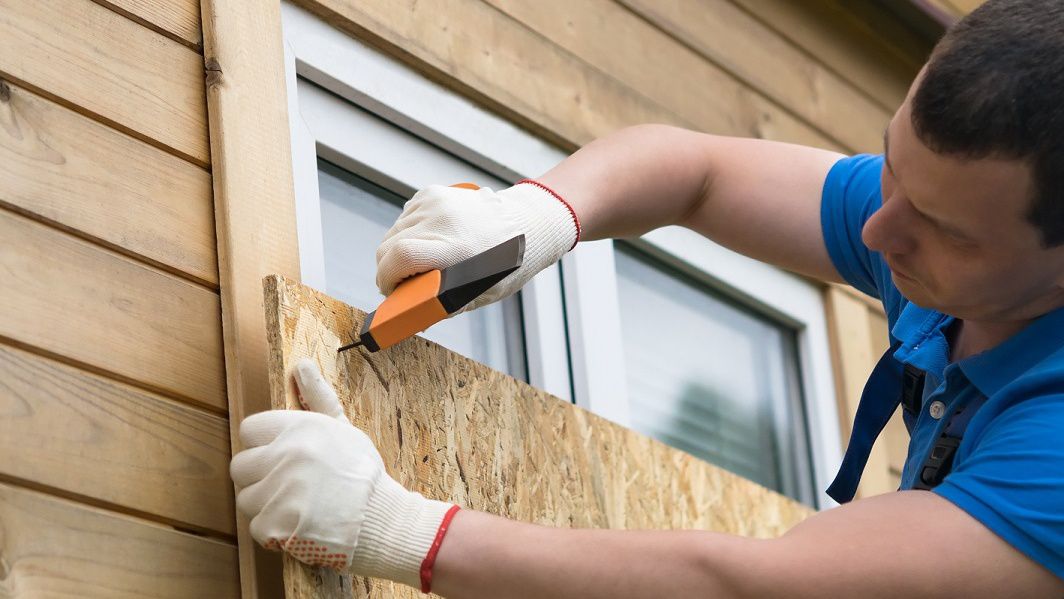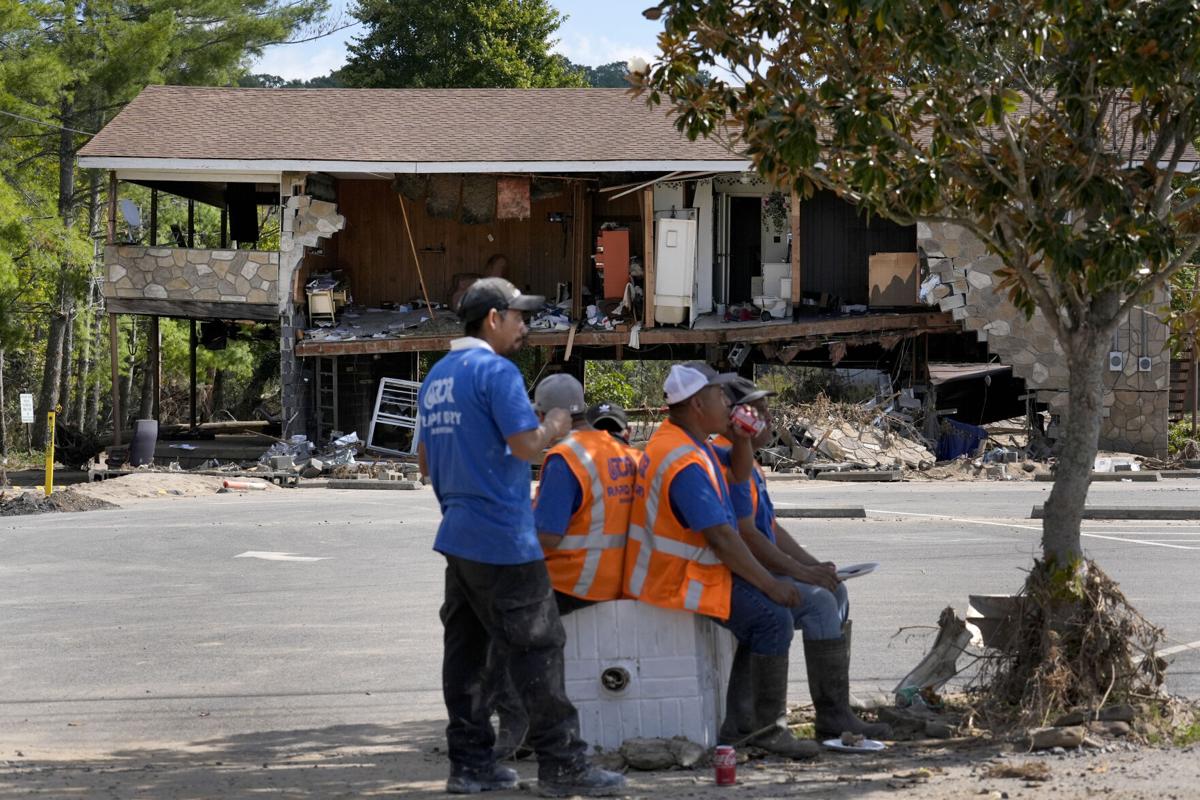Hurricanes can cause immense destruction and damage to homes and property. Recovery after a storm of this magnitude is a long and difficult process. However, staying organized and taking things one step at a time can help make the path to recovery more manageable. This guide outlines the key steps to take in the immediate aftermath and provides advice for navigating the long-term recovery process.
Immediate Aftermath
The immediate aftermath of a hurricane is chaotic and dangerous. Ensure safety is the top priority by following local evacuation orders if instructed to leave the area. When it's deemed safe to return, be prepared for extensive damage. Go through these initial steps:
-
Document the Damage: Take photos or videos of any damage to property for insurance claims. Note things like fallen trees, flooded areas, roof damage, etc. This documentation will be essential later on.
-
Contact Utilities: Report any downed power lines or gas leaks. Contact the water department if lines are damaged. Contact utility companies to schedule repairs or restore services.
-
Assess Home Safety: Do not enter if structures appear unsafe. Look for natural gas leaks, structural damage, electrical hazards, or signs of mold. Have an inspector evaluate safety before occupying the home.

-
Communicate with Family: Check in with family and friends to ensure everyone's safety after the storm. Provide updates on your situation and work together to coordinate recovery efforts.
-
Apply for FEMA Assistance: Register for FEMA disaster assistance if your home is uninhabitable or you suffered other losses. This provides grants for temporary housing, home repairs, and other essential needs. The application process starts ASAP.
-
Talk to Insurance Providers: Submit claims to your homeowners, flood, and other insurers right away. Take lots of photos to document all losses. Work with adjusters as damage assessments are done.
-
Remove Debris Safely: Clear away downed trees, branches, and other debris from yards and driveways. Wear protective equipment like gloves and boots. Beware of wildlife displaced by the storm.
The initial focus is on essential tasks like safety checks, damage reports, utility restoration, and applications for aid. Take things one step at a time and don't rush back into hazardous areas until cleared by officials.
Mid-Term Recovery
After the first couple of weeks, the focus shifts to repairing the home and returning to normal routines. This mid-term recovery stage takes months to years to complete:
-
Make Temporary Repairs: Cover broken windows, patch roof leaks and secure unstable structures to prepare for next weather events like rains. Get tarps, plywood, sandbags etc.
-
Find Temporary Housing: If the home is uninhabitable, work with FEMA on other housing options like travel trailers or apartment rentals. Work to expedite permanent home repairs.
-
Hire Trusted Contractors: Get multiple estimates for repairs. Choose licensed, bonded professionals and avoid price gouging in post-hurricane markets. Verify contractor licenses before signing contracts.

-
Apply for SBA Loans: The Small Business Administration offers low-interest loans to cover uninsured losses. These funds help finance long-term repairs without depleting insurance payouts.
-
Manage Insurance Claims: Continue working with insurers, submitting estimates for replacement costs. Negotiate payments and get multi-year policies to cover repairs over several stages.
-
Rebuild Carefully: Obtain proper permits before construction work. Elevate structures as required in floodplains. Consider hurricane-rated building materials and methods for greater resilience against future storms.
-
Restore Personal Belongings: Salvage and clean damaged items you want to keep like furnishings, photos, and keepsakes. Consider an off-site storage unit during prolonged reconstruction.
-
Repair Utilities and Landscaping: Landscaping companies get overwhelmed after storms. Wait times are long for tree and yard cleanup, so keep temporary debris storage areas neat.
Mid-term recovery stretches on as repair projects are phased in over months and years. Take breaks from the stress and keep documentation organized for all recovery activities.
Long-Term Recovery
Completing reconstruction can take a few years, but there is light at the end of the tunnel. With perseverance and community support, you will recover:
-
Monitor Mold Growth: Mold spores proliferate after flooding and wet conditions. Ensure proper drying of damaged areas and watch for hidden mold growth that requires remediation.
-
Address Mental Health: The stresses of loss, disruption, and ongoing challenges can impact mental wellness. Seek counseling and lean on others for emotional support during this difficult transition period.

-
Return to Normal Routines: As life stabilizes, focus on reestablishing routines at work and school, seeing friends, and enjoying daily activities you did before the storm. Maintaining normalcy aids long-term recovery.
-
Watch out for Contractor Fraud: Unscrupulous contractors may abandon projects or disappear without completing the work. Check licensing, and references and read contracts thoroughly to avoid being scammed.
-
Seek Counsel from Organizations: Non-profit groups provide long-haul assistance like legal aid, financial counseling, and community rebuilding programs. Their help is vital for a complete recovery.
-
Apply Mitigation Measures: As repairs are made, implement additional safeguards like storm shutters, reinforced garage doors, and elevating critical utilities to strengthen the home against future storms.
With patience and determination, you will fully restore your home and resettle back into the community. Celebrate each milestone of the rebuilding process. Recovering is long but achieving a safe, resilient home is well worth the effort in the long run.
Read more: When Disaster Strikes: How to Assemble a Hurricane Emergency Supply Kit





